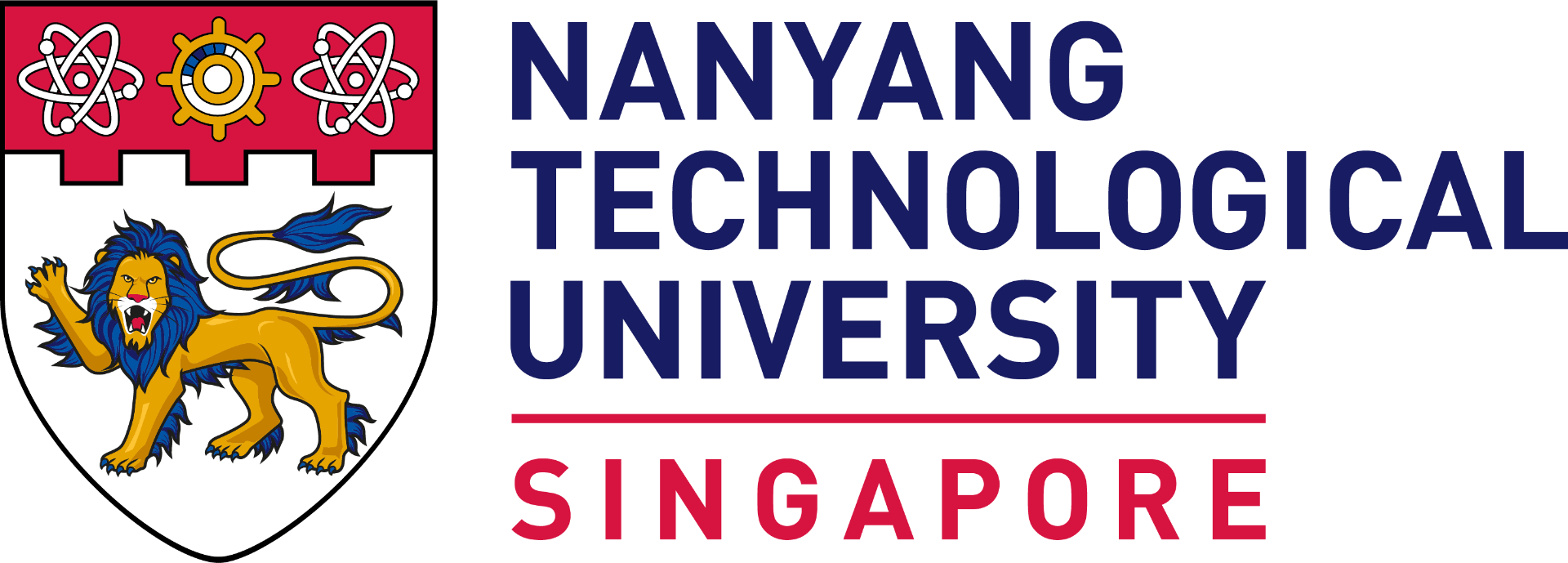Get insider tips from NTU undergrads on the art of making notes that work
by Peter Yeo

Hannah Abbott
Medical student who posts hand-drawn notes on her Instagram account
All lectures at the Lee Kong Chian School of Medicine are online, so I can take the time at home or in hall to go through the online lectures and note the key points. I find it easier – and more fun – to remember anatomy diagrams when I draw them out.
As a test of my learning and recall, I may even sketch them from memory. Drawing forces me to take note of the details rather than skimming the main points. It also makes the big picture more concrete in my mind.
Even though we aren’t required to draw anatomy diagrams at medical school, we do need to have good spatial recognition of where the different anatomical structures are in relation to one another. Drawing helps me visualise these things. Since I love to draw, this process helps me relieve stress as well. To me, the process of re-creating notes is what makes lessons come alive.

Edward Yee
Fresh accountancy and business graduate; Singapore’s first Rhodes Scholar in 14 years
Having dyslexia means I can’t process information like others. That has led me to discover new ways of studying, which turned out to be effective. Luckily for me, my father taught me a system for note-taking that’s helped greatly. It’s very simple but takes years of practice to master. I’ve had the benefit of doing this since primary five.
I colour-code handouts during lectures. Green is for definitions. Red means it is important. Blue denotes a list, so if I see a blue streak, I know there are more items coming. Yellow is for secondary information. This way, I am able to see at a glance on each page what I need to focus on and what the key points are. As the lecturer speaks, I scribble down any extra information shared.
I use coloured tabs to structure my notes. For example, the green tabs could be content related to “investment”. With practice, I can go through all my notes quickly and retain the information to be learnt more efficiently.

Chun Win Ee
Fresh psychology graduate with a perfect CGPA of 5
Before each class, I pore over the chapter to be covered. I start with the bird’s eye view from the chapter overview before diving into the details. I see lectures as occasions to fill gaps in my knowledge and gain insights about a topic through discussion. During lectures, I also jot down fresh info from the professors in the lecture handouts provided. I then condense whatever I’ve learnt into cheatsheets.
hen I revise for exams, I read the chapters, notes and handouts again. I then spend about four hours re-writing the notes for every chapter. Writing engages our motor sense, supplementing audiovisual perception, which aids information retention and recall. This approach helps me greatly to master the content for every chapter, and gives me the confidence to answer the questions during examinations – no matter what concepts from the textbook are tested.
Making notes might seem like a laborious process, but it helps me develop a mental map of the content – what fits where and how the concepts across the various chapters I have studied are connected. Holistic learning takes place when I can see, understand and remember all these connections.
Many people misunderstand rote learning and think it is bad but it has its place, like in remembering key terms. I heavily prioritise understanding connections in my own learning and believe the building blocks of understanding start from memorising key concepts. For example, if you remember and understand processes but can’t recall the terms they’re mapped to, it’s futile too.

Jeremy Chia
Fresh accountancy graduate who is a fan of digital note-taking
I switched to digital note-taking in my second year at NTU as I wanted to cut down paper use. I learn much better when I organise my thoughts into tables in Word documents. For example, I would categorise three key issues in Financial Reporting into recognition, measurement and disclosure. I then break down all the relevant information into a table to consolidate my learning. I also use mindmaps, but usually with more qualitative subjects, like Marketing and Strategic Management.
This story was published in the Aug-Sep 2019 issue of HEY!. To read it and other stories from this issue in print, click here.

